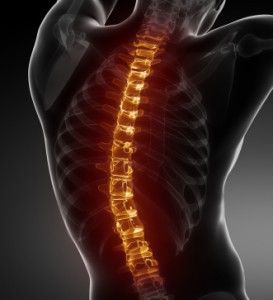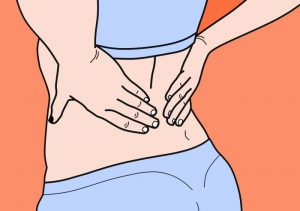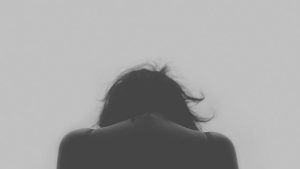The back is the workhorse of the human body. It has a remarkably strong structure that is responsible for literally every move you make. This makes it prone to injury and the resultant pain can render you immobile. It’s estimated that 4 in every 5 adults suffer from back-pain at least once in their lifetime.

How to relieve back pain
In order to alleviate back pain, you must first identify the root cause. It could be bad posture, osteoporosis, strenuous physical exercise, pregnancy, obesity or a structural / anatomical problem. Most general practitioners and primary care physicians will be able to diagnose back pain after interviewing the patient and carrying out a physical examination. Further tests like X-rays, CT/ MRI scans, Electromyography (EMG) or a Bone scan may be used to assess the state of the soft tissues in the patient’s back. In most of this cases, back pain resolves itself without medical help – careful attention and home treatment just does the trick. Pain is usually addressed with over-the-counter (OTC) pain relievers that do not require prescription. Here are ways to help alleviate back pain:
Change your sleeping position or use the right mattress
Sleeping on your abdomen can be hard on your back. If you can’t sleep any other way then try to reduce the strain on the back by placing a pillow under your pelvis. You could alternatively place a pillow under your knees to maintain the normal curve of your lower back. Some people argue that sleeping on a poor quality mattress could lead to or even worsen back pain. Experts have proved that the use of a pressure mattress can significantly reduce lower back pain by providing proper support and pressure relief.
Embrace the correct posture
Your back pain could have started after a long workout in the gym or after you moved your piano upstairs, but the pain that caused it has probably been building for years. Did you know that the little things you do like sitting, standing, driving, lifting objects or walking can increase the strain on your back by 50%? This implies that you should learn to embrace the correct posture so that the nerves of your back feel less strain.
Conventional medicine
Acute back pain (non-responsive to OTC pain relievers) may require prescription of antidepressants like amitriptyline or even codeine/ hydrocodone narcotics. Note that the use of antidepressants in this case has nothing to do with depression. Physical therapy and cortisone injections are also used when the other therapies fail to yield results. Surgery for back pain is very rare and only comes in as the only option when the patient has herniated disks.
Complementary therapy
Chiropractic, shiatsu, acupuncture and osteopathy may help alleviate back pain. These complementary therapies unlike conventional medicine have few or no side effects. Patients who have opted for complementary therapies have reported mixed results – it may or may not work for you.
Stay healthy
One way to help alleviate back pain is by doing appropriate exercise. Core strengthening and flexibility exercises like the pelvic tilt and cat stretch help build strength, flexibility as well as keep your weight down. Eating a protein-based and calcium rich diet also helps keep the back sturdy. Along with this, it’s important that you put on flat or low-heeled shoes.



Leave a Reply